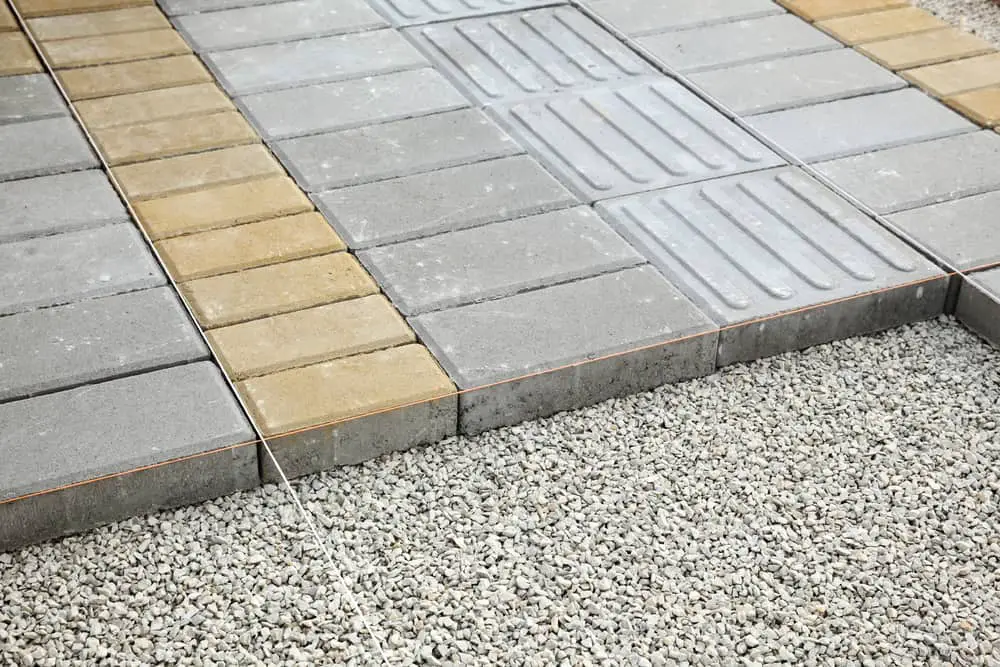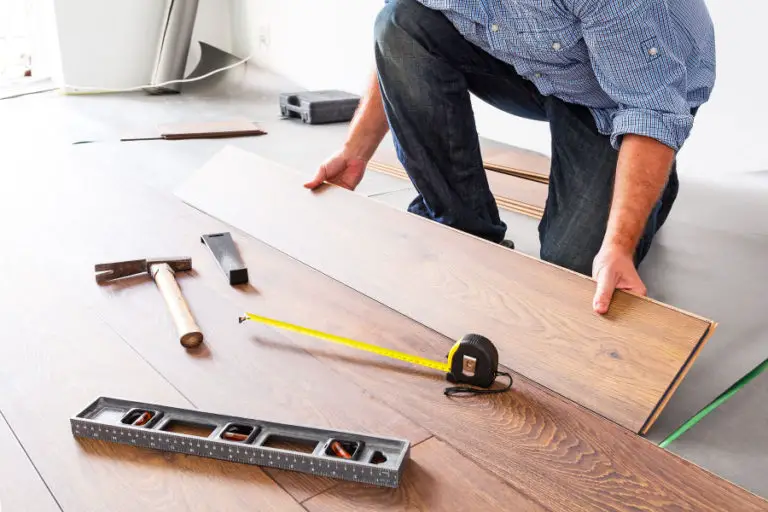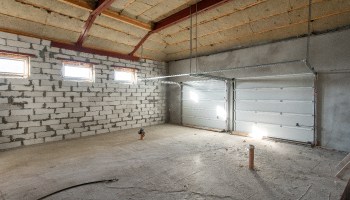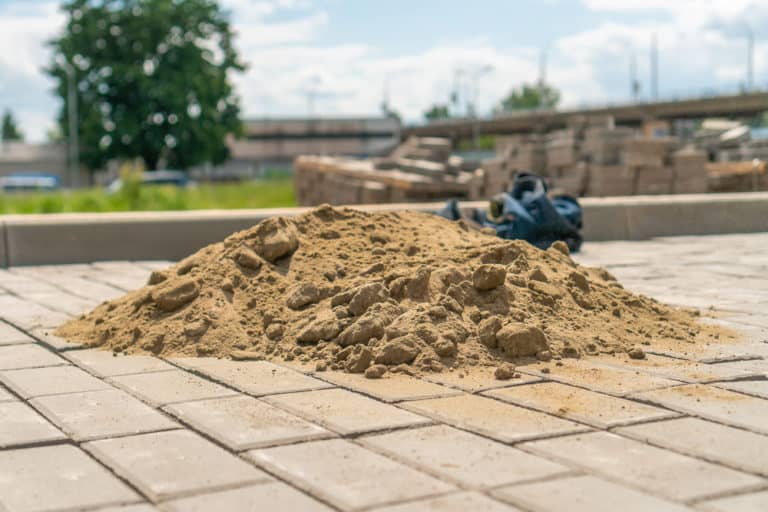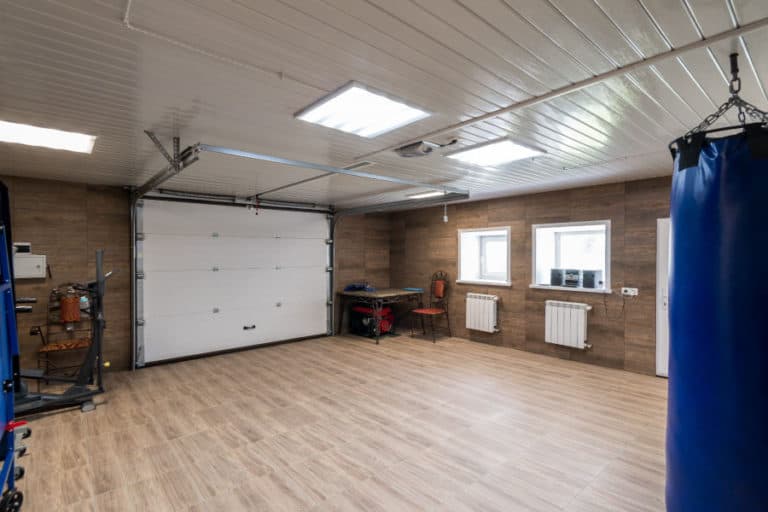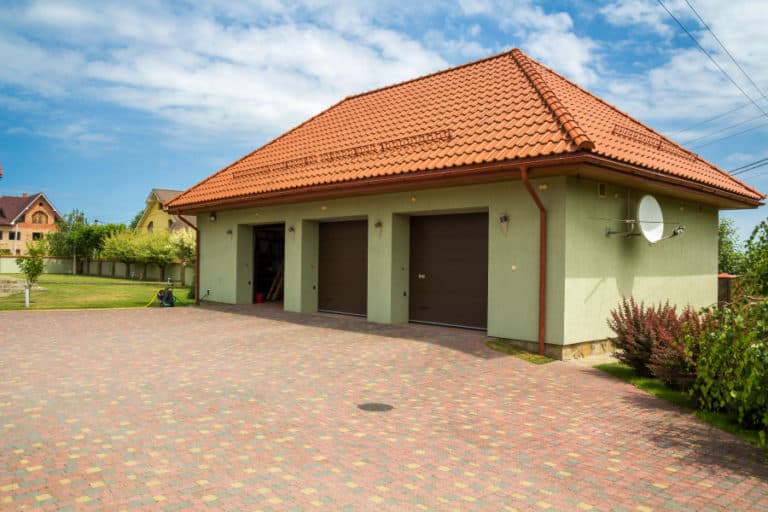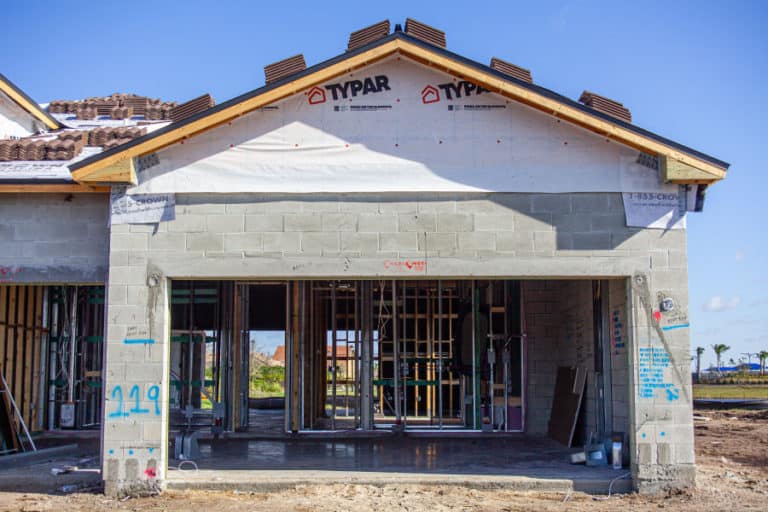Paver Base vs. Gravel: Which One Is Better?
Outdoor work and landscaping are vital to improving the appearance of your house. The surroundings of your home and how it’s designed play a big role in how you can use them. Pavements, in general, are essential as they allow your car to enter your garage or for people to walk up to your patio. The question now is what is better for pavements; paver base or gravel?
Paver base is specific in its purpose and usage. The different types of paver bases each have their specifications related to handling conditions from your environment (moisture, temperature, grass, etc.). On the other hand, gravel is versatile, easy to work with, and can work well in almost any setup.
Everyone wants to get the most bang for their buck when it comes to house-related expenses. With that, it’s important to have a basic background on how different materials work, how your environment’s conditions play a big role in how things need to be constructed, and how to make what you want durable and lasting.
Paver Base vs. Gravel
To be honest, this is the wrong question to ask. The better question to ask is, “What works best with the pavement that I want?”. It’s important to consider the result of a construction project and then try to figure out how to make it work best.
Paver base is much better for more delicate pavements as there’s more control on the homeowner’s end. Since gravel is a random assortment of rocks of a certain size, you can’t specifically meet a certain need that you might have from your pavement (Ex. Garage entrance requiring better structural support).
Gravel works best when you want to go with something simpler, and that works without having to fuss over things as much. We’re not saying that gravel as a base only can’t match a paver base, but it is understood that the paver base would perform better for specific and special purposes (Ex. Outdoor Garage).
Which leads to the next question of determining whether you need gravel or paver base for your pavement? With that, we’ll be going in-depth into both of them and then make a side-by-side comparison based on what’s usually done in landscaping projects.
What is a Paver Base?
Paver base, as the name implies, is used as a base for pavements. As we all know, the ground is never perfectly flat. Bare ground is always uneven; it has lower points and higher points. If you were to put pavement directly over the bare ground, then the pavement won’t last as long and will be much more susceptible to cracks as the load distributed is uneven.
Paver base is there to fill in the gaps and make the surface where you’ll put your pavement much more uniform. Having a uniform surface ensures that the load(weight) that your pavement receives is transmitted to the ground evenly. Also, having a gap between your pavement and bare soil will help prevent the weathering of your pavement.
Types Of Paver Base
As we mentioned earlier, there are specific uses for the different types of paver base depending on what you want for your pavement and what it needs to work well and last. Homeowners can use each type of paver base together or separately; they can synergize with each other if constructed correctly. Many types of paver bases can be used, such as the following:
| Type of Paver Base | Description |
| Sand | Sand is soft and acts like a cushion. The main drawback of sand is that it tends to move around and sift. |
| Compacted Soil | Compacted Soil consists of flattening your ground and preparing it to handle a pavement (Removing grass, weeds, etc.). It’s best to do this and add another paver base on top since the soil is difficult to predict/control. |
| Stone Dust | Not recommended by itself but it would work great if used with other types of paver base. Stone dust is too fine and is easily washed away or can sift over time. |
| Crushed Stone | Crushed stone is great as it’s easy to work with and provides a good amount of drainage. The stones are usually made of uniform size and are specifically composed of stones that can handle weathering well. |
| Recycled Concrete Aggregate | If you’re looking for greener options, then Recycled Aggregate is for you. It works as long as you know that the aggregate is made out of quality material and isn’t too fine. |
| Concrete Slab | A concrete slab is the most durable among all the other choices. However, it is extremely stiff and difficult to modify once set in place. Also, it takes a lot of initial prep work and labor because of how concrete works (mixing, curing, setting, etc.). |
There is no best set-up for a paver base as it highly depends on the conditions of the environment you’re in. For example, sand would be terrible for a place that experiences a lot of rain but would do fine in dryer climates. Compacted Soil can already work by itself, but that also depends on the type of soil on your property.
Lastly, you also have to consider what your pavement will be. Pavements can be made of all kinds of materials and with an endless variety of designs, especially for home use. A general rule of thumb is always to try to synergize your materials so that the benefits address the weaknesses of the other.
Let’s say you’re using a wooden pavement leading up to a wooden patio. You’ll need first to make sure that it’s secured on stilts. To make sure water can’t flood or doesn’t accumulate underneath, you’ll need a paver base that drains well like crushed stone.
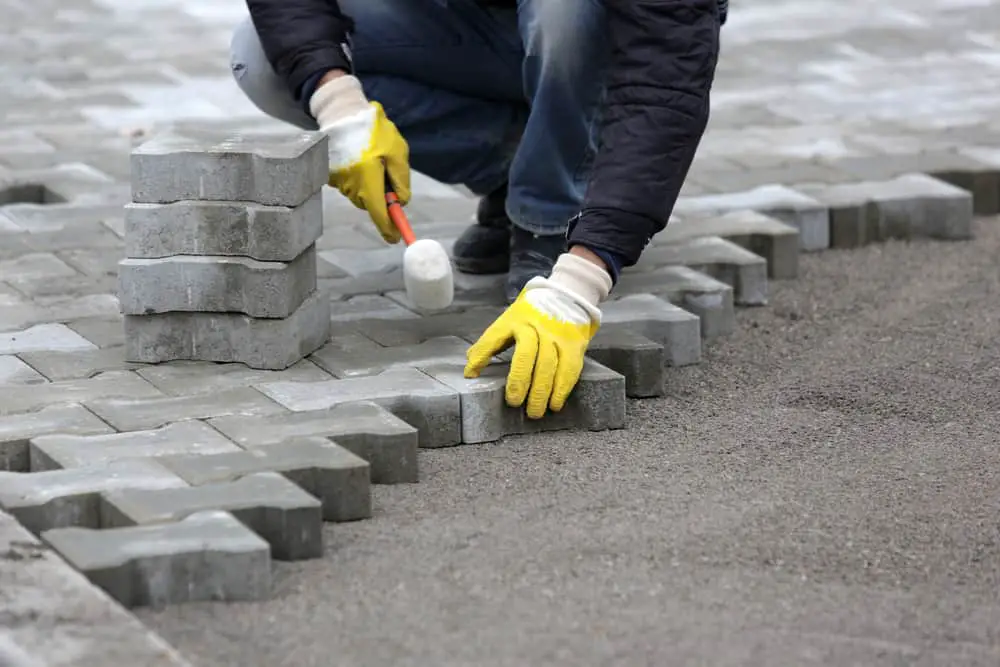
What are Gravel and its Different Types?
Gravel is also a paver base, under crushed rocks, and is made out of more than 2mm in diameter but less than 65mm (as anything higher will be considered cobblestone). Manufacturers can make gravel out of all types of rocks as long as they meet the size requirements. The shaping of gravel makes it nearly erosion-proof and even allows it to be used as a filtration system for water in some cases, which makes it great for pavements.
In the construction industry, gravel is used as either an aggregate for concrete, a filler for walls, a paver base, and a base for roads. Where gravel shines is how it handles water and allows proper drainage, which is a must-have, especially for places that experience colder climates.
You’d be surprised at the variety of gravel that can be used for landscaping purposes. The only condition for a rock to be considered gravel is its diameter, all different types of rocks can be used, ranging from marble to volcanic. This variety offers homeowners many options to customize the look and feel of their home’s landscape as the rocks come in all sorts of textures, shapes, and colors.
| Type of Gravel | Description |
| Pea Gravel | As the name implies, pea gravel is shaped and approximately the same pea size (around 6-10 mm in diameter). It’s often used as an accent for greenery by helping in maintenance through drainage and preventing weeds from growing. |
| River Rock | Much larger than pea gravel, river rock can be used as a pavement by itself or again as natural drainage. |
| Marble Chips | A much more decorative type of granite, marble chips are shiny and can come in various colors (White, Red, etc.). |
| Lava Rock | Lava rock is great if you need that emphasis on drainage because of its porousness. The main downside of being a porous rock is its light, which makes it more susceptible to being easily scattered around. |
| Crushed Granite | Granite is that spotty rock that you see on kitchen counters. Crushed granite also carries those same visual attributes and provides a dynamic finish for your landscape. |
| Decomposed Granite | Smaller granite (around the same size as pea gravel) gives your hardscapes a crunchier and softer foot feel. |
An important aspect of gravel that you should take into account is the size. The particle size of your rocks plays an important role in how your hardscapes interact with your landscape. Larger rocks will be much stiffer to step but tends to stay in place more often and provide better drainage. Smaller rocks tend to be better for surrounding greenery and act as an accent and natural protection for your plants.
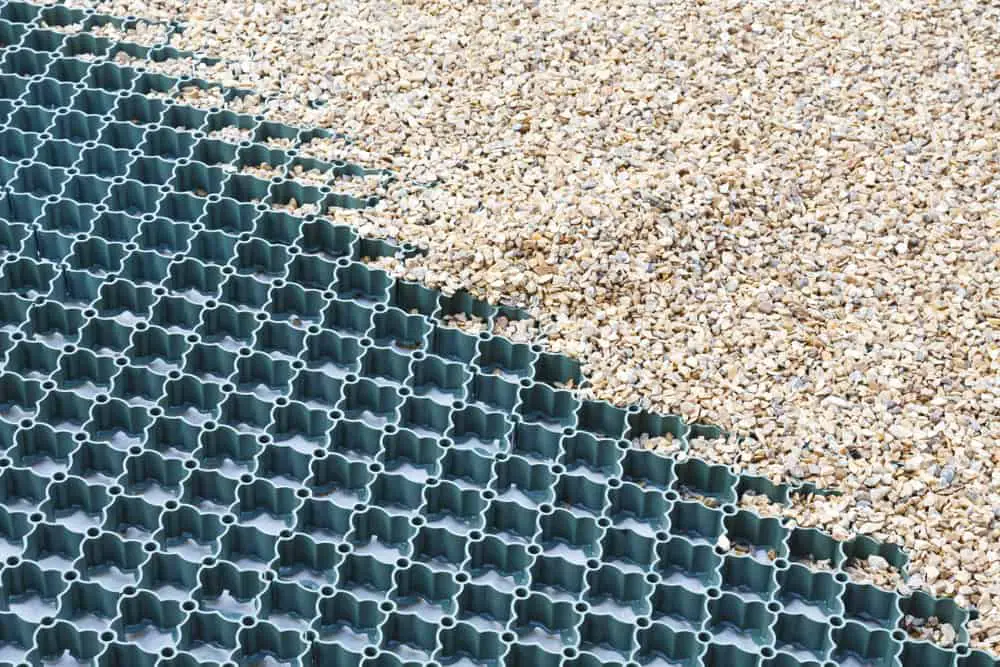
Gravel As A Pavement
Gravel is cheap, easy-to-use, and doesn’t need any special tools for a homeowner to install it. It can even be used as a pavement by itself if you want to. It won’t move around by itself, and it won’t just sink into the ground as the size of its particles has enough surface area to keep it together.
Over time, however, you might need to do some maintenance work, such as making sure the gravel is somewhat even. You can do this either by moving it around or adding another sack of gravel into the mix. It’s more maintenance work than having a set pavement, but it’s easy to do and can easily be knocked out in an hour.
Paver Base vs. Gravel: When to use what?
Gravel, as a standalone hardscape, works well in conditions that experience less stress and movement. Movement can cause rocks to end up at places you don’t want them to be at; you wouldn’t want a rock suddenly getting into your lawnmower. Gravel needs some form of separation or a “pit” to keep it in place, so you can’t just lay it down on the ground and call it a day.
Where gravel shines is in its versatility, ease of use, and how it complements greenery. If your landscape is filled with plants, gardens, and trees, then gravel will help reinforce that feeling of nature around your house. As a paver base, gravel will work well in general and
Paver base is better if you need something more heavy-duty and more specific. Driveways, Patios, and any pavement where you need to anchor something to it are when the paver base is the more favorable choice than gravel. It will take some extra work and costs, but a paver base will allow you to do more things with your pavement (Ex. Anchoring a grill, tables, chairs, lamp posts, etc.)
How are Pavements Made?
With all this information about paver base and gravel, we want to end the article by showing the application and step-by-step process of how a pavement is made. Knowing how a pavement is made will definitely help you decide on what’s best for you.
- Preparation
Preparation for a pavement entails the following preparing the ground and the sub base.
- Removal of any organic matter that can decompose
- Reinforcement and flattening of the soil
- Setting up the drainage
- Laying out the paver base or gravel.
- Testing
Before you can go ahead and continue constructing your pavement, you’re going to need to test out the preparations that you made. Usually, a load is applied to check for any weak spots in the soil.
- Binding
Binder is used to hold the aggregate together. The binder layer on a pavement helps in its upkeep by helping increase durability and stability. It helps offset forces at an angle by providing an extra layer that redistributes it to the subgrade.
- Installation of pavement
Once the binder has set, you can add on the topmost layer of your pavement. This can range anywhere from asphalt to concrete, depending on your personal preference.
- Connecting
You’ll need to connect your pavement to either the other parts of your home, the street, or the sidewalk. Butt joints are used to ensure a smooth transition between different surfaces.
- Finishing
At this point, you can now begin finalizing everything. You can add the finishing touches to your pavements.
Some of these steps might not be needed at all depending on what you need from your pavement; construction really depends on the use you want out of it.
Conclusion
Both paver base and gravel can serve the same purpose but have distinct strengths and weaknesses.
As a base for a pavement, it’s better to go with a paver base in general because they offer a much wider variety of options and can be better modified to work with specific pavements/activities that you have in mind.
Gravel offers both utility and a natural aesthetic to your outdoor areas. It can stand alone and already acts as a pavement by itself while at the same time can be used as a decoration to complement your greenery.
Sources
- https://www.wcpavers.com/is-a-paver-base-necessary/
- https://homeguides.sfgate.com/kind-base-pavers-56666.html
- https://www.designingbuildings.co.uk/wiki/Gravel_in_construction
- https://atpslandscaping.com/5-landscape-rock-gravel-types/
- https://www.gra-rock.com/post/2019/11/11/the-complete-beginners-guide-to-crushed-stone-and-gravel
- https://harpersnurseries.com/volcanic-rocks-for-garden/
- https://www.gardenista.com/posts/hardscaping-101-decomposed-granite/
- https://homeguides.sfgate.com/use-crushed-brick-driveways-32695.html
- https://www.wolfpaving.com/blog/the-complete-7-step-process-for-asphalt-pavement-installation

